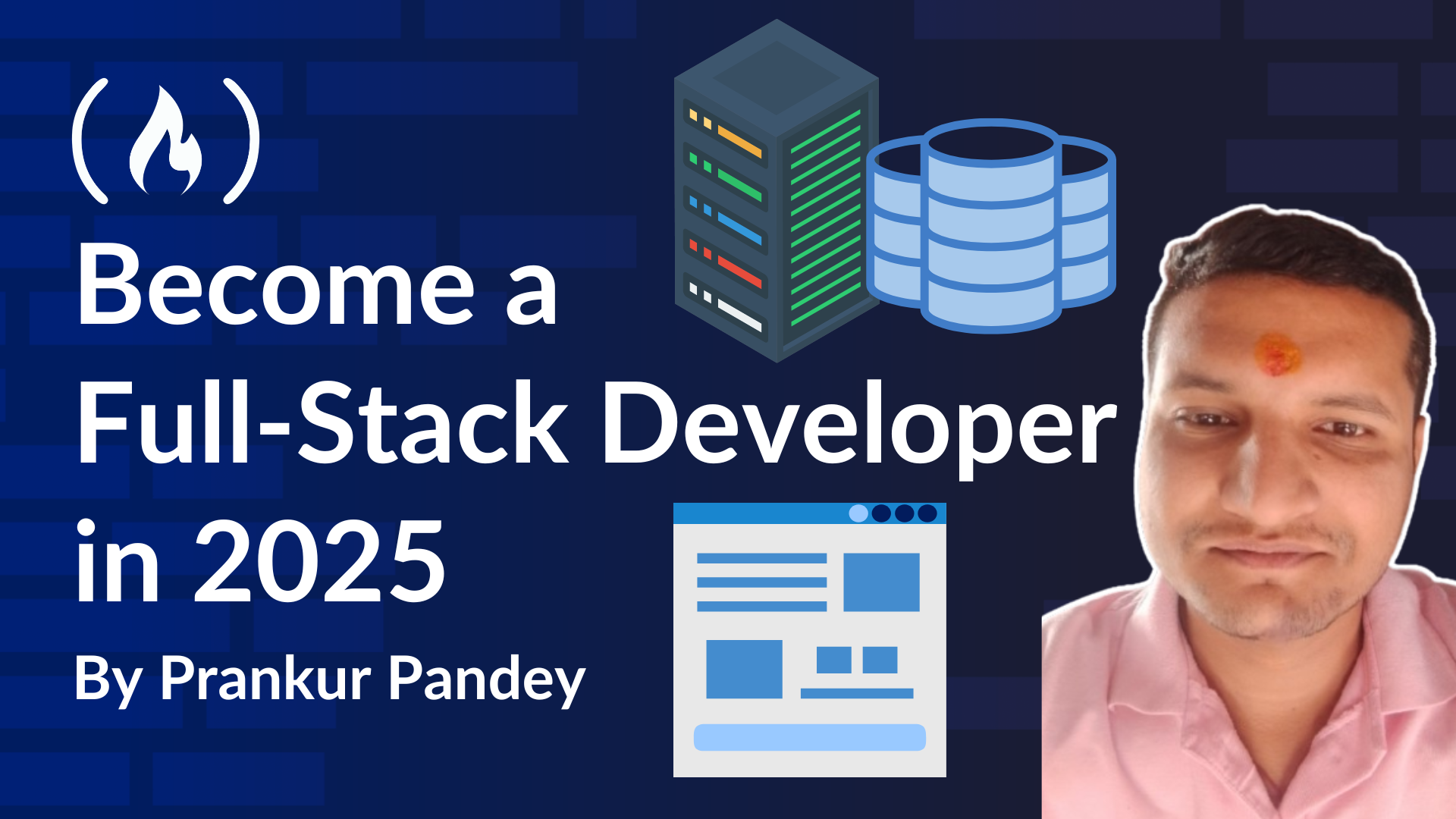
Building Full-Stack Projects with AI
Building Full-Stack Projects with AI 관련
These project ideas are meant to inspire, not dictate, your learning path. Explore any concepts that excite you - just make sure that your project aligns with the following principles:
First, make sure your project solves real-world problems. Focus on practical applications rather than just theoretical exercises. Your project should aim to improve efficiency, accessibility, or automation in a meaningful way.
Your project should also be as unique as possible (and not just a clone of someone else’s project). Avoid directly copying existing platforms like Netflix, Twitter, or Spotify. Instead, add an innovative twist, such as AI-powered recommendations, smart automation, or predictive analytics.
Next, make sure you follow best coding practices. Write clean, maintainable, and well-documented code. Implement security measures, proper error handling, and optimized database queries.
And don’t forget about scalability and performance. Design your architecture to handle growth efficiently. Use microservices, caching, and cloud-based solutions to ensure smooth scalability.
Lastly, don’t just add AI for the sake of it. Ensure AI enhances the user experience or automates a meaningful task (for example, AI-powered chatbots, sentiment analysis, or personalized recommendations).
Here’s a course that teaches you how to build an AI-powered chat application using the MERN stack.
Do’s and Don’ts for AI-Powered Full Stack Projects
- Think beyond CRUD apps - Move past basic Create, Read, Update, Delete operations and integrate advanced features like real-time collaboration, AI-driven insights, or automation.
- Focus on user experience (UX) - Ensure your application is intuitive, accessible, and mobile-friendly.
- Use the right tech stack - Choose frameworks and tools based on project requirements, not just hype. Example: Next.js for SSR, FastAPI for AI-powered APIs, MongoDB for flexible data handling.
- Prioritize security - Implement authentication, authorization, rate limiting, and data encryption to protect users and their data.
- Optimize AI performance - If using AI, ensure your models are efficient, lightweight**,** and scalable. Consider deploying them using ONNX, TensorFlow.js, or cloud-based inference services.
- Avoid over-engineering - Don’t use complex tech stacks unnecessarily. Just keep it simple, modular, and efficient.
- Don’t only make another To-Do app - Focus on projects with real impact rather than generic exercises.
- Avoid AI gimmicks - Adding AI without a clear purpose leads to unnecessary complexity. Ensure it enhances functionality.
- Don’t ignore performance - Poorly optimized AI or backend logic can slow down the user experience. Use caching (Redis), indexing, and pagination where needed.
- Avoid hardcoding everything - Make your application dynamic so that users can customize their experience rather than relying on static configurations.